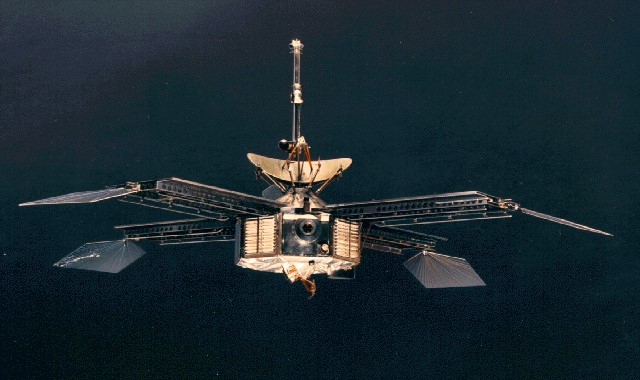In 1959, less than two years after the flight of Sputnik 1, the Soviet Communist Party decided to launch the first probes towards Venus during the February 1961 window. This task is assigned to the study office 1 (OKB-1) of the famous Sergei Korolev who decides to use the only interplanetary launcher in development, the molnia launcher.
The beginnings of Soviet exploration were marked by a terrible unreliability of the launcher. Many probes are lost as a result of a failure of the L block that fails to cause it to leave the low orbit and often take the name of kosmos to hide this failure. This is the fate of the first two probes to Mars launched in October 1960. The results of the windows toward Venus in February 1961 is hardly better. Of the two 1VA probes launched, one is still a victim of the L block while the second is launched correctly but breaks down after a week in space. This probe, called Venera 1, flyby Venus but cannot communicate.
The Americans launched into battle from the window of Venus in August 1962. With the difficulty of focusing the centaur stage, JPL engineers are forced to rely on the much less efficient Atlas-Agena launcher. They must halve the mass of mariner-R-type probes and minimize scientific equipment. The first one (named Mariner 1 before take-off) was lost due to a failure of its launcher. The second, Mariner 2, operates with some difficulty up to Venus but provides measurements that go in the direction of a Venusian atmosphere several hundred degrees as indicated by the measurements made from Earth. It achieved the same results for the Mars with Mariner 3 (lost at launch) and Mariner 4 (functioning correctly) during the window to Mars in November 1964.

The Soviets were much less successful. 13 probes (2MV and 3MV) were launched during the Venusian windows of August 1962, February 1964 and November 1965, as well as the Martians of November 1962 and 1964. Eight are lost as a result of a launcher failure (often due to Block L). Three (Mars1, Zond 1 and 2) lose contact before reaching their destination. Another (Venera 2) fails to regain contact after flyby Venus and the last one (Venera 3) loses contact before its atmospheric re-entry.
